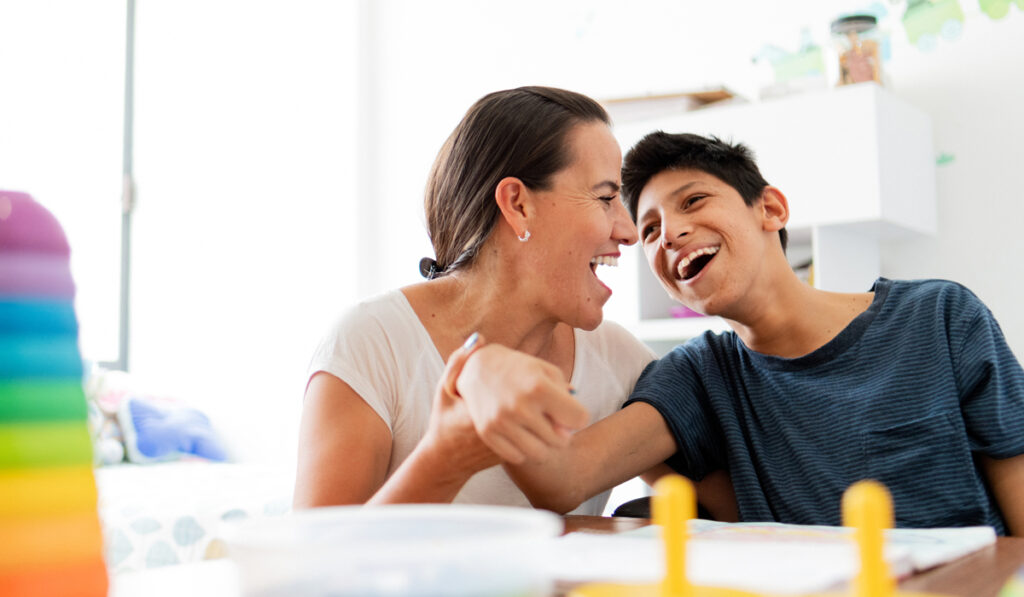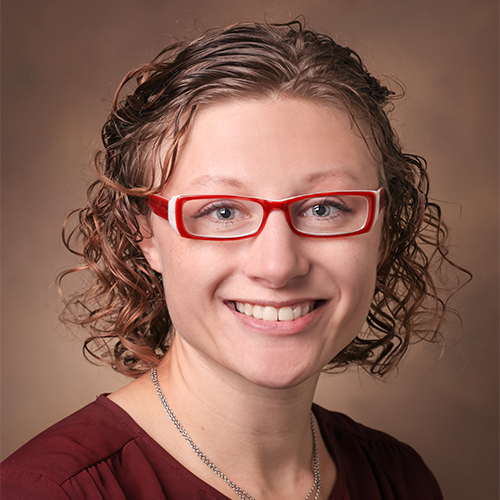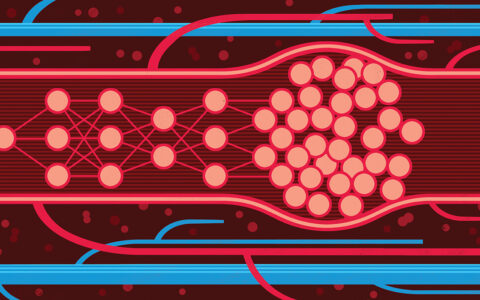Dyskinetic cerebral palsy (DCP), the second most common type of cerebral palsy, is characterized by writhing movements resembling those seen in Parkinson’s disease, ranging from fidgeting motions more severe involuntary kicks and arm flailing. For affected children, everything from walking and dressing to learning and engaging in social interactions can be difficult. Children and caregivers also risk physical injury.
The medication deutetrabenazine (Austedo) is most commonly known for use in Huntington’s disease chorea and tardive dyskinesia. It is also effective in quelling hyperactive symptoms in DCP, but it is not FDA approved for this use. This forces clinicians to pursue appeals and make cases for special exceptions to obtain it for their patients.
Daniel Claassen, M.D., division chief of behavioral and cognitive neurology at Vanderbilt University Medical Center, and Heather Riordan, M.D., a pediatric neurologist at Monroe Carell Jr. Children’s Hospital at Vanderbilt, are intent on seeing improved treatments for DCP.
Working with Teva Neuroscience, Claassen is the global collaborating investigator on RECLAIM-DCP, a clinical trial assessing the efficacy of deutetrabenazine in pediatric DCP. The study is employing the Movement Disorder Childhood Rating Scale (MD-CRS) as the primary outcome measure to evaluate treatment effectiveness.
“There are very few movement disorders specialists in pediatrics, and even fewer studies in pediatric movement disorder populations,” Claassen said. “Dr. Riordan has such a unique expertise in treating movement symptoms in children, and together we are trying to overcome a huge barrier in developing treatments for pediatric populations.
“This is a global effort, and if we reach our goal, it will make a big difference in the function and quality of lives of these children and families.”
DCP is Unique
Characterized by nonprogressive lesions to the basal ganglia and/or thalamus, DCP accounts for nearly 15 percent of cerebral palsy cases. Involuntary movements in DCP can get so severe that children develop autonomic instability, rhabdomyolysis and kidney problems.
Failure to thrive is another serious concern because the children are constantly burning off calories with their constant movement.
Riordan says that sometimes dyskinesia is confused with dystonia because they have overlapping features, but it is vital that each be separately identified since some of the medications that work for dystonia may have no effect on DCP symptoms, or may make the chorea worse.
“This is a marathon, not a sprint. We want to recruit 185 patients to get meaningful information that will help get us through the finish line, provided the outcomes mirror what we see in clinic.”
Medication Challenges
Deutetrabenazine belongs to the selective vesicular monoamine transporter 2 (VMAT2) inhibitor class. It inhibits presynaptic dopamine release at the nerve synapse, thereby modifying dopamine transmission.
In the over 100 patients with DCP that Riordan and Claassen treat each year, they see dramatic symptom improvements from VMAT2 inhibition. However, established efficacy in pediatric patients is unclear, and obtaining these medications for children is difficult.
“It takes going through a lot of hoops,” Riordan says. “Because deutetrabenazine it is not approved for DCP, physicians prescribe it off-label. But when the medicine is really expensive or from a specialty pharmacy, it doesn’t fall neatly into one of the insurer’s boxes and it gets complicated.”
She recounts a critical scenario where her patient was discharged from the hospital but couldn’t swallow without deutrabenazine, so she had to readmit him to medicate him while she filed the insurance appeal.
She also cites other, more indirect, consequences of not having the right medicines available.
“I have a patient whose neighbors called Child Protective Services because of bruising and an eye infection he got due to his chorea,” Riordan said.
Characterizing DCP with the MD-CRS
To seek FDA approval, Claassen’s team is enrolling children and adolescents with DCP into the international RECLAIM-DCP trial to assess efficacy.
Using the MD-CRS instruments and other assessments, they are comparing the functional status and the caregivers’ global impressions of function and quality of life in patients with DCP receiving deutrabenazine versus those receiving placebo.
“This is a marathon, not a sprint,” Claassen said. “We want to recruit 185 patients to get meaningful information that will help get us through the finish line, provided the outcomes mirror what we see in clinic.”
Broad Challenges
Claassen says the pediatric movement disorders specialty has traditionally been underrecognized in academic medicine. Because these patients see so many different specialty physicians, a strong advocate base has been slow to form, and more specialists need to be trained in this clinical area.
He says there is also a lack of appreciation of the differences in type of movements, confounding appropriate care.
“Sometimes dystonia gets called chorea, sometimes chorea gets called tremor; there is just a lot of uncertainty as to what the movements are in many cases,” Claassen said. “We are working to improve recognition of these symptoms and get the best possible treatments for these patients.”







